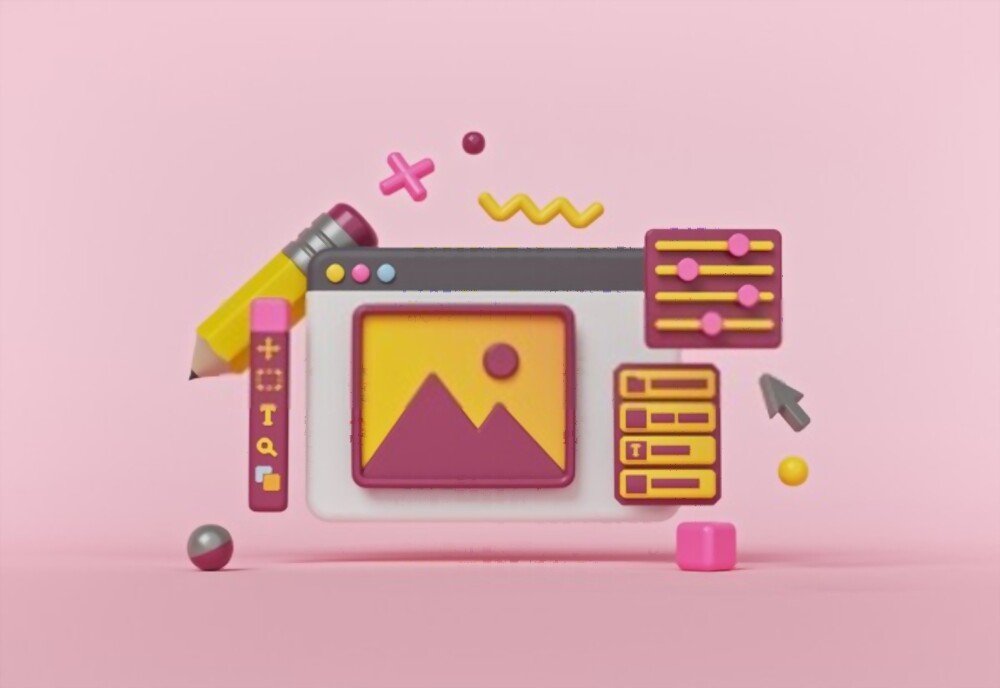Having an image with good resolution is essential to obtain a quality print!
What is image resolution?
The resolution of the image corresponds to its quality and especially its sharpness. It is given in DPI (dots per inch) or in DPI (dots per inch): this number indicates the quantity of pixels located on a one-inch line, that is to say exactly 2.54 cm. The more pixels there are, the smaller they are and therefore less perceptible to the eye. The image is therefore sharper and of better quality.
An image resolution that is too low can come from the dimensions of a photo that is too small or from insufficient base resolution. It is possible to improve both data to be able to print with confidence in various formats.
Increasing the resolution with a resizer such as fr.depositphotos.com can be a solution to improve your images and allow you to print them correctly.
Why improve image resolution to optimize print quality?
It is for printing that image resolution is important. There are all good reasons to achieve quality printing, whether it is to preserve quality personal memories or to communicate professionally with impeccable media. The number of pixels of the images concerned will determine the maximum print size, depending on the desired quality.

It is commonly accepted that the optimum resolution should be the maximum resolution of 300 dpi. This was especially the case before digital printing tools became widespread. However, this statement needs to be qualified today, since the techniques have evolved and superimposable frame systems are no longer found except in certain particular processes.
In addition, the distance from which the medium will be viewed will influence the necessary resolution. Indeed, for an image that will be seen up close, such as in a photo album or a catalog, it is recommended to have a resolution of 300 dpi. With this, the eye does not perceive the pixels when the image is 25 cm away. For larger images and therefore seen from further away, it is possible to settle for a resolution of 150 dpi, or even 70 dpi for a 4×3 poster observed from a distance of 5 meters.
To best articulate these different criteria, there are formulas to determine the maximum printing format:

- (length or width in cm x dpi) / 2.54 to obtain the dimension in pixels.
- (number of pixels / number of cm) x 2.54 to obtain the dpi
- (number of pixels / dpi) x 2.54 to get the number of centimeters
For example, for a format of 30 x 20 cm, you need 8.6 Mpx to achieve a quality of 300 dpi and 1.5 Mpx for 150 dpi. If we move to a large format of 100 x 75 cm for example, the 150 dpi recommended by printers is obtained with 18.8 Mpx. This size in pixels corresponds to the definition of the image; This is the total number of pixels in the digital format of the image.
This is how, for example, the same image of 5616 x 3744 pixels will have a different definition depending on its print size:
- At 72 dpi, it will measure 198.12 x 132.08 cm;
- In 144 dpi, we will arrive at 99.06 x 61.04 cm;
- At 300 dpi, it will be 47.55 x 31.7 cm.
For a quick rough calculation upstream, we can calculate the print size of the image that can be obtained with a correct result, by dividing its heights and widths in pixels by 100.
How to improve the resolution of an image?

It is possible to improve the resolution of an image so that it can be printed at the desired resolution and size. To do this, you have to resize it. This requires finding compromises between these two criteria. There are indeed no miraculous results: you cannot enlarge indefinitely without losing a little sharpness, nor go from an image of very mediocre quality to an extremely precise impression. However, good techniques can achieve completely acceptable results.
The use of photo software or an online enlarger makes it possible to add pixels which are added to increase the dimensions of the image without losing too much of its resolution, or to increase the quality of the image. 'an image without enlarging it much. There are multiple possibilities to respond to many scenarios.
To conclude, image resolution influences print quality and determines its maximum size. Although it is easier to select a successful, good quality and sharp image, it is possible to optimize a less optimal basic image, with suitable technical tools. Finally, other factors such as the type of printing, the quality of the paper or the ink can influence the quality of the result obtained when printed; they must also be taken into account.




